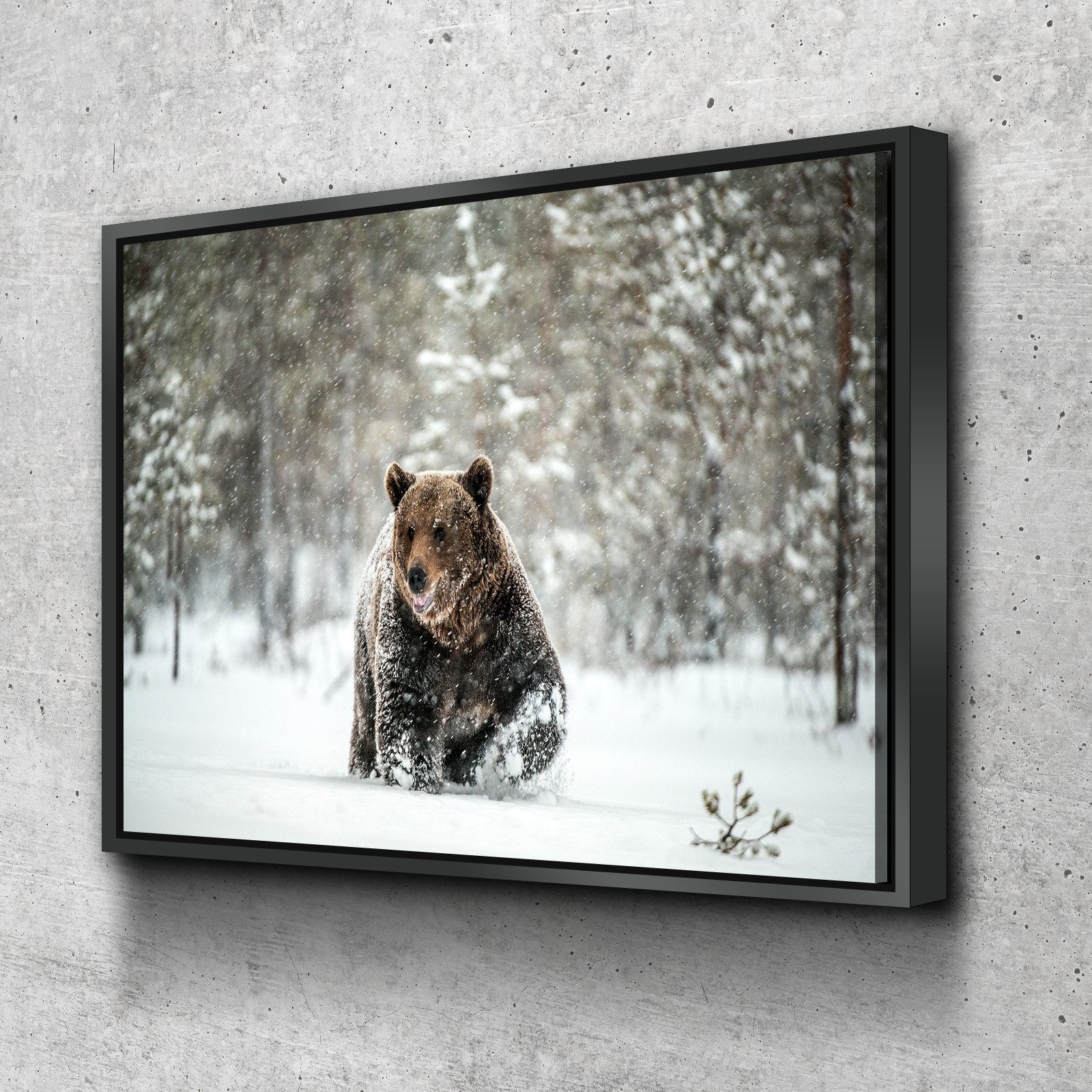
Wildlife photography is a captivating art form that allows photographers to capture the beauty and essence of animals in their natural habitats. One interesting aspect of wildlife photography is capturing animal prints in close-up shots. Animal prints are unique and intricate patterns that can add a touch of elegance and mystery to your photographs. In this guide, we will explore how you can effectively capture the essence of wildlife through animal print pictures.
Understanding Animal Prints
Animal prints are distinct patterns that resemble the skin or fur of various animals. These patterns are often used in fashion, interior design, and art to add a wild and exotic touch to the design. In photography, capturing animal prints can create visually stunning and captivating images. Here are some common animal prints that you can explore:
Common Animal Prints:
- Leopard print
- Zebra stripes
- Tiger stripes
- Giraffe spots
- Cheetah spots
- Snake skin
- Peacock feathers
Tips for Capturing Animal Print Pictures
To effectively capture the essence of wildlife through unique animal print pictures, consider the following tips:
Lighting:
- Use natural light to enhance the details and textures of the animal print.
- Avoid harsh shadows that can obscure the print.
Composition:
- Experiment with different angles and perspectives to highlight the pattern.
- Consider using a shallow depth of field to blur the background and emphasize the print.
Focus:
- Ensure the animal print is sharp and in focus to showcase the intricate details.
- Use a tripod for stability and precision in capturing the print.
Background:
- Avoid cluttered backgrounds that can distract from the animal print.
- Choose a simple and neutral backdrop to make the print stand out.
Equipment for Capturing Animal Print Pictures
When photographing animal prints, it is essential to have the right equipment to achieve the best results. Here are some recommended tools for capturing animal print pictures:
Camera:
- Use a DSLR or mirrorless camera with a macro lens for detailed close-up shots.
- Ensure your camera has manual settings for greater control over the exposure and focus.
Tripod:
- A sturdy tripod is essential for stability and precision in capturing the animal print.
- Consider a tripod with a flexible arm for versatile positioning.
Lighting:
- Use a softbox or diffuser to control and soften the light for a flattering effect on the animal print.
- Consider adding a reflector to fill in shadows and enhance the details of the print.
Editing Animal Print Pictures
After capturing animal print pictures, editing can enhance the beauty and impact of the images. Here are some editing tips for animal print pictures:
Adjustments:
- Enhance the contrast and clarity to bring out the details of the animal print.
- Adjust the saturation and vibrance to make the colors of the print pop.
Cropping:
- Crop the image to remove distractions and focus on the animal print.
- Experiment with different aspect ratios for creative compositions.
Retouching:
- Remove any imperfections or distractions on the animal print using clone or healing tools.
- Enhance the texture and details of the print for a more striking image.
Conclusion
Capturing the essence of wildlife through animal print pictures can be a rewarding and creative endeavor for photographers. By understanding animal prints, applying the right techniques, using the appropriate equipment, and mastering the art of editing, you can create stunning images that showcase the beauty and intricacy of nature. So grab your camera, explore the world of animal prints, and unleash your creativity in capturing the essence of wildlife through photography.
0 Comments